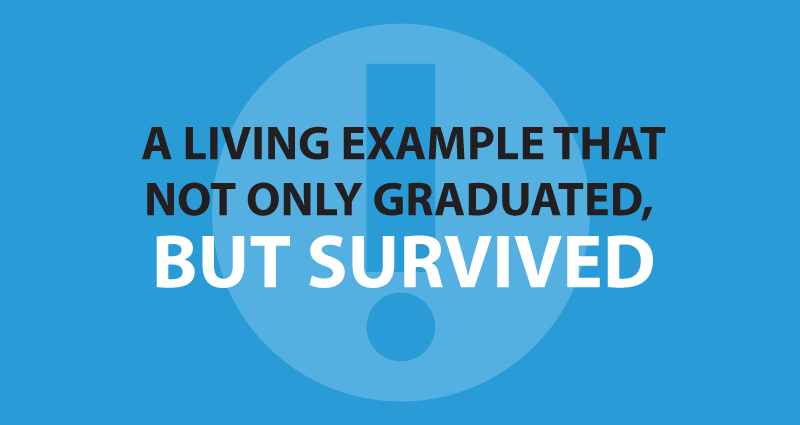
In order to show that it can be done.
My guess is that the prof needed an example of someone that survived a graphic design career. You know, in order to show that it can be done.
At least I assume that is why I was invited back to my old college last week, to chat with a class of Juniors.
It was an interesting process for me; dusting off old portfolio items in order to show something representative of the early years, standing in front of about 15 twenty-year olds, and talking about all of the ways the industry has evolved.
I do admit, however, that I got a lot of blank looks when I talked about drawing boards, mechanicals, specifying and ordering typesetting and color separations, art directing photo shoots and doing press checks.
Most likely that’s because young people have difficulties wrapping their heads around a pre-computer/pre-internet world. They’ve never experienced showing clients only a marker layout with typed copy for approval, then getting to watch the smiles on their faces when the work was printed and delivered.
They seemed to understand how our first Mac was powerful enough to handle text and layouts, even if it wasn’t ready to handle the high-res images. Though I’m pretty sure they have no idea how disruptive that Mac, then the internet, became for the typesetting, color separation, couriers, and printing industries.
Driving home, I started thinking more about what I said, and what I probably should have mentioned. I had talked about different jobs, different experiences, different people I have met through the years, but I realized that I never really covered the lessons I have learned by having my own agency for over 30 years.
So, for what it is worth, here are three lessons I’ve learned during my career:
Processes and tools will evolve, so be ready to evolve as well.
Once desktops started taking over from mainframes, the writing was on the wall for other industries and trades. Too many colleagues and suppliers waited too long, and were left in the dust. Always keep an eye on trends, and always keep learning. If I was going to college for design today, I’d make sure I had plenty of experience in web programming and UX design before I graduated.
Only work with good people, especially across the table.
If you are trying to make the world a better place, then use those same standards for clients. If you are responsible for new business, look for a vertical market where people believe in what they are doing (it’s how we started working with credit unions). Never work for or with someone you don’t trust – it only takes one to help you understand why there are clients that should be fired.
Hire talent. Give them space to grow. Pay them as well as you can.
Don’t hire clones. Look for people that bring something extra in personality, talent, or drive, and invest in their potential. Trust them to do the same, and guide, never dictate. Sure, most will move on to another job after awhile, and that’s okay because most careers advance in jumps. It gives you the opportunity to bring in new talent, plus it also helps you uncover those that are invested in building the business over the long-term.
- It’s hard not to get caught up in a buzz that surrounds you. - April 9, 2024
- Turn your staff into an Idea Factory. - February 27, 2024
- Move with the future or get left behind - February 6, 2024
